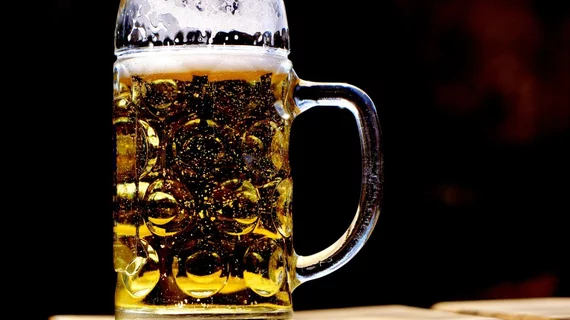Neuroimaging helps ID teens at risk of excessive drinking
Teenagers with large amounts of white matter depicted on brain scans are more likely to up their alcohol intake over the next five years, reported authors of a new study published July 2 in eLife.
Lead author Simone Kuehn, professor of neural plasticity at the University Medical Center Hamburg-Eppendorf in Germany, believes the results could help enable early interventions to curb alcohol abuse.
"Adolescence is a critically vulnerable time for the development of alcohol drinking habits that may lead to considerable consequences later in life, including alcohol addiction ," Kuehn, group leader at the Center for Lifespan Psychology, Max Planck Institute for Human Development, Germany, said in a prepared statement. "During this period, teens undergo a critical period of brain development and adopt many new behaviors, making it an important time to intervene."
Kuehn and colleagues used structural MRI to examine the differences in the brains of 1,814 healthy 14 year-olds as part of the IMAGEN project, a European study of adolescents. Those brain images were then compared to the cohort’s self-reported drinking habits at ages 14, 16 or 17 and 19. Models were constructed based on voxels taken from the scans in order to predict the teen’s drinking habits over time.
Results showed that teens with more grey matter in the caudate nucleus—a region involved with learning—and the left cerebellum—connected to thinking and movement—had a higher chance of increasing their drinking habits over the next five year.
"Our results may reflect a slowing down of this pruning activity or an overproduction of brain connections," Kuehn said. "Future research involving multiple neuroimaging techniques will be needed to help answer this question.

